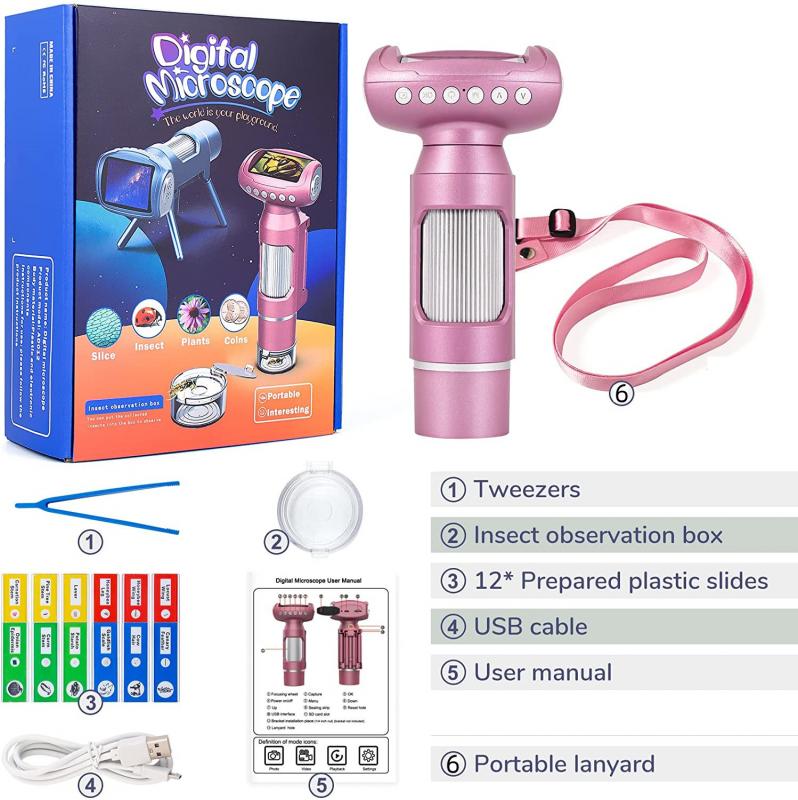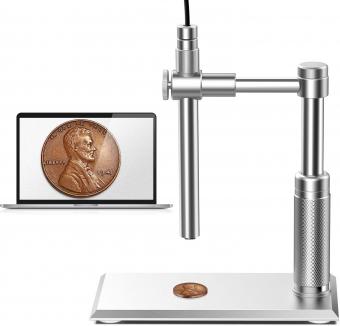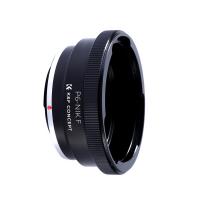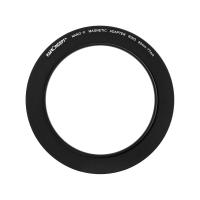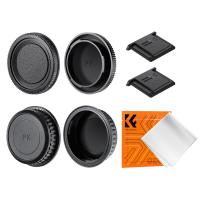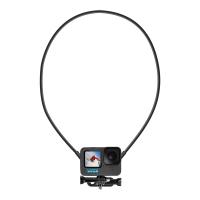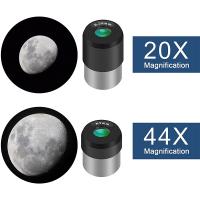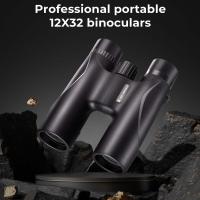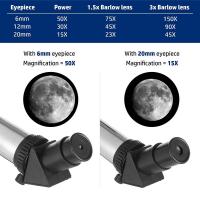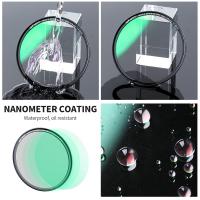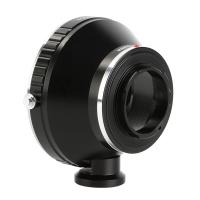What Microscope Can See Sperm ?
Sperm can be seen under a microscope that has a magnification of at least 400x. This can be achieved with a compound microscope, which uses multiple lenses to magnify the sample. A brightfield microscope is commonly used to view sperm, but a phase contrast microscope or a differential interference contrast microscope can also be used to enhance the contrast and visibility of the sample. Additionally, a fluorescence microscope can be used to view sperm that have been stained with fluorescent dyes. It is important to note that the quality of the microscope and the preparation of the sample can greatly affect the visibility of sperm. Proper staining and fixation techniques can improve the contrast and clarity of the sample, while poor preparation can result in distorted or unclear images.
1、 Bright-field microscope
A bright-field microscope is capable of seeing sperm. This type of microscope is commonly used in biology and medical laboratories to observe and analyze various types of cells and microorganisms. It works by illuminating the sample with a bright light source, which passes through the specimen and is then magnified by a series of lenses.
When observing sperm under a bright-field microscope, the sample is typically stained with a special dye to enhance the contrast and visibility of the sperm cells. This allows researchers and medical professionals to examine the size, shape, and movement of the sperm, which can provide important information about fertility and reproductive health.
While a bright-field microscope is a useful tool for observing sperm, there are other types of microscopes that can provide even greater detail and resolution. For example, electron microscopes use beams of electrons to create highly detailed images of cells and other structures at the nanoscale level. These types of microscopes are often used in advanced research settings to study the fine details of sperm and other biological structures.
Overall, a bright-field microscope is a valuable tool for observing and analyzing sperm, but it is important to consider the limitations of this technology and to use other types of microscopes when necessary to gain a more complete understanding of biological structures and processes.

2、 Phase-contrast microscope
A phase-contrast microscope is a type of microscope that can see sperm. This type of microscope is commonly used in biology and medical research to observe living cells and tissues. It works by using a special optical technique that enhances the contrast of transparent and colorless specimens, such as sperm cells, without the need for staining or labeling.
With a phase-contrast microscope, researchers can observe the movement and morphology of sperm cells in real-time. This is particularly useful in fertility studies, where the quality and quantity of sperm are important factors in determining a person's ability to conceive. By observing the behavior of sperm cells, researchers can gain insights into the underlying causes of infertility and develop new treatments to improve fertility.
In recent years, there has been a growing interest in using phase-contrast microscopy to study the biomechanics of sperm cells. By analyzing the movement patterns of sperm cells, researchers can gain insights into the physical properties of these cells and how they interact with their environment. This research has the potential to lead to new treatments for infertility and other reproductive disorders.
In conclusion, a phase-contrast microscope is an essential tool for studying sperm cells and understanding their behavior. With its ability to observe living cells in real-time and its potential for studying the biomechanics of sperm cells, this type of microscope is likely to remain an important tool in fertility research for years to come.
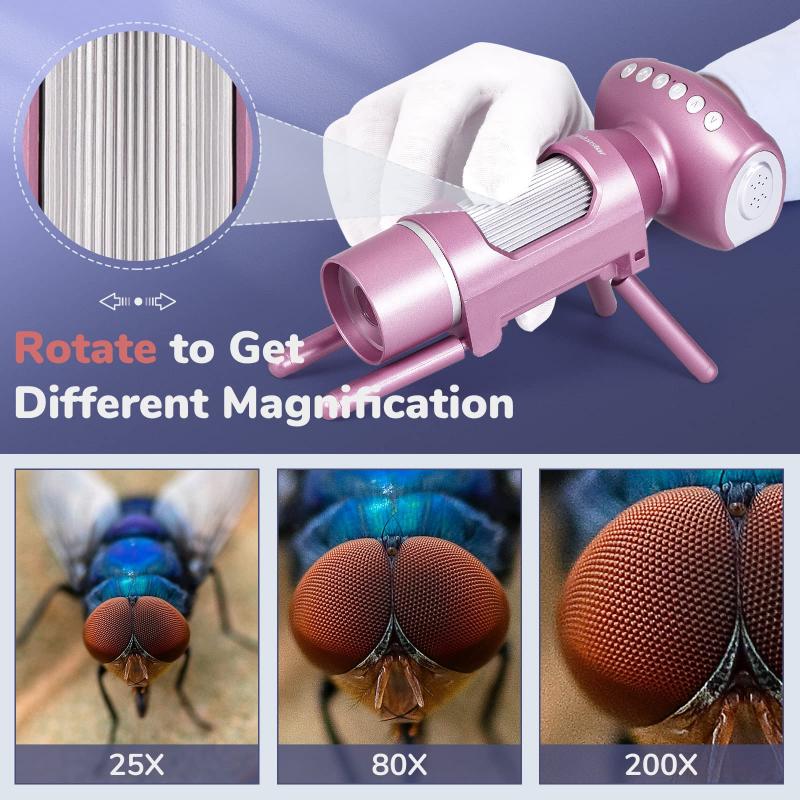
3、 Differential interference contrast microscope
A differential interference contrast microscope (DIC) is a type of light microscope that can be used to see sperm. DIC microscopy is a powerful tool for visualizing biological samples, including living cells and tissues, with high resolution and contrast. It works by using polarized light to create an optical path difference between two beams of light passing through a sample, which produces a 3D image with enhanced contrast and detail.
DIC microscopy has been used extensively in reproductive biology research to study sperm morphology, motility, and function. For example, DIC microscopy has been used to study the effects of environmental toxins, such as pesticides and heavy metals, on sperm quality and fertility. It has also been used to investigate the mechanisms of sperm-egg interaction during fertilization.
Recent advances in DIC microscopy technology have further improved its capabilities for studying sperm and other biological samples. For example, new software algorithms have been developed to enhance the resolution and contrast of DIC images, making it easier to visualize and analyze complex biological structures. Additionally, new hardware designs have been developed to improve the speed and sensitivity of DIC microscopy, allowing researchers to study dynamic biological processes in real-time.
Overall, DIC microscopy is a valuable tool for studying sperm and other biological samples, and its continued development and refinement will likely lead to new insights into the biology of reproduction and fertility.

4、 Fluorescence microscope
A fluorescence microscope is a type of microscope that can see sperm. This type of microscope uses a high-intensity light source to excite fluorescent molecules in a sample, causing them to emit light of a different color. This allows for the visualization of specific structures or molecules within a sample, including sperm.
Fluorescence microscopy has been used extensively in the study of sperm biology, including the analysis of sperm motility, morphology, and DNA integrity. It has also been used in the development of new techniques for sperm selection and sorting, such as flow cytometry.
Recent advances in fluorescence microscopy have led to the development of super-resolution techniques, which allow for the visualization of structures at a resolution beyond the diffraction limit of light. This has enabled researchers to study the ultrastructure of sperm and other cells in unprecedented detail, providing new insights into their function and behavior.
Overall, fluorescence microscopy is a powerful tool for the study of sperm and other biological samples. Its ability to selectively visualize specific structures or molecules within a sample has led to numerous advances in our understanding of sperm biology and reproductive health.
